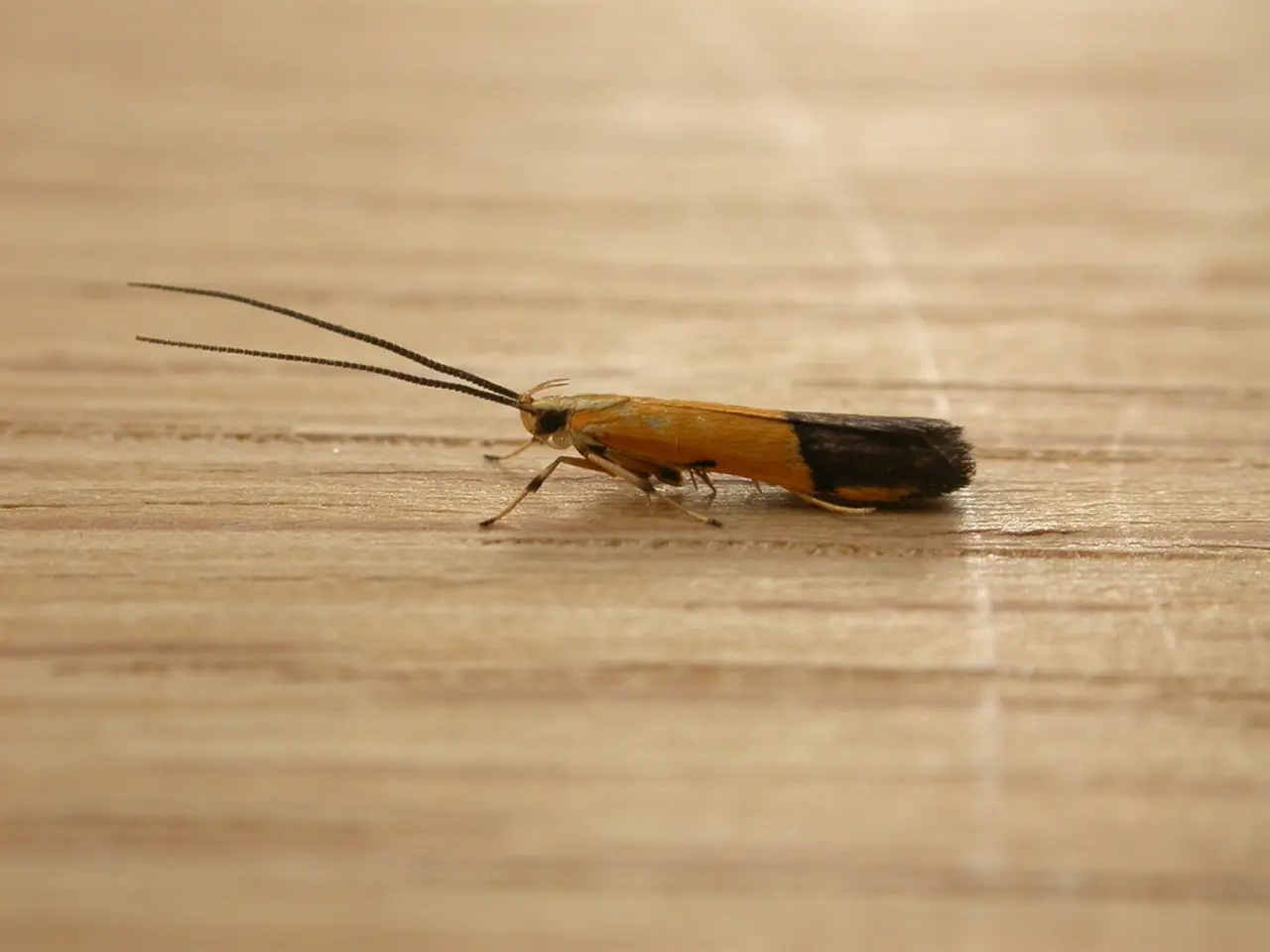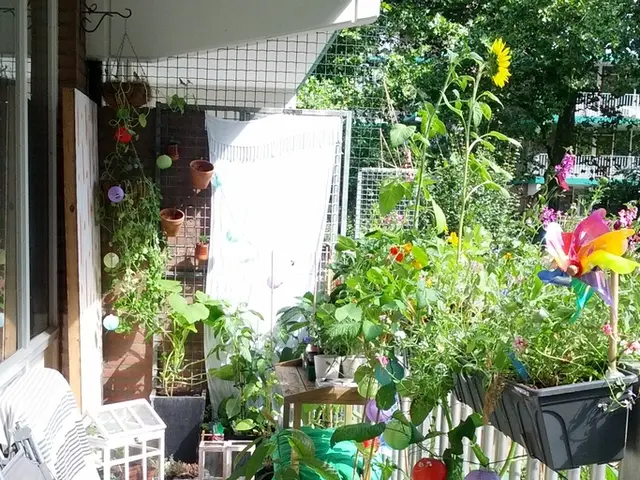Insects Identified: Fungus Beetles
In many homes, fungus beetles can be a pesky nuisance, often mistaken for fungus gnats. These small insects, typically around 1/8 inch long, are camel-brown in colour and have a conspicuous rounded lobe or "knob" on the four corners of their thorax. They are commonly found in decaying plant material, woodpiles, damp cereals, grains, herbs, spices, cheese, jam, jellies, fibers, and carpeting, especially in cellars.
### Identification Characteristics
Adult fungus beetles are distinguishable by their size and appearance. They are slightly larger than fungus gnats, which are often mistaken for them. Fungus gnats are very small, about one-eighth of an inch long. They range in colour from brown to black, with light, clear wings that feature a distinctive Y-shaped vein. Fungus beetles, on the other hand, have dense pubescence (short, fine hairs) and dimple-like punctures on their bodies.
Larvae of both fungus beetles and fungus gnats are whitish to clear with a black head and legless. However, fungus gnat larvae are usually found in moist soil, feeding on fungi and organic matter.
### Control Measures
Since fungus beetles and fungus gnats thrive in moist environments, controlling moisture is crucial. Avoid overwatering indoor plants to reduce suitable breeding sites. Removing decaying organic matter and keeping soil and surrounding areas clean can also help reduce food sources for larvae.
Yellow sticky traps can be effective for monitoring and reducing adult fungus gnats indoors. Sealing entry points and potential entry gaps can prevent beetles from entering homes. Sweeping and vacuuming can remove adults effectively, with the added benefit that using a nylon stocking inside the vacuum hose bag can trap them without harm.
In severe infestations, targeted insecticides may be used, but non-chemical methods are generally emphasized indoors. Biological control methods, such as encouraging natural predators or using entomopathogenic fungi, have been explored as sustainable control methods, though they are more common in crop or forestry contexts than indoor pest control.
### Preventing Infestation
Preventing fungus beetle infestation involves drying out damp conditions that support fungal growth. Periods of dry weather with low humidity (below 60 percent) can reduce fungus beetle numbers. New homes with uncured lumber or freshly plastered or papered walls that become covered with molds can attract these beetles.
By focusing on reducing moisture, sanitation, physical exclusion, and monitoring populations with traps, homeowners can effectively identify and manage fungus beetles and fungus gnats in indoor environments. Adequate artificial heating and ventilation can also help stop fungus beetle infestations. Commercial household labeled fungicides may be effective in eliminating or reducing fungal growth in selected areas. Storing dry foods in insect-proof containers (glass, heavy plastic, or metal) with screw-type lids free of mold can also help prevent infestations.
In conclusion, understanding the characteristics of fungus beetles and fungus gnats, and implementing appropriate control measures, can help homeowners maintain a clean and pest-free indoor environment.
Fungus beetles, unlike their smaller counterparts, fungus gnats, have a distinct rounded lobe or "knob" on their thorax and are often found in home-and-garden areas such as damp cereals, grains, herbs, spices, cheese, jam, jellies, fibers, and carpeting, particularly in cellars. To prevent an infestation of these pests, homeowners can focus on reducing moisture, sanitation, physical exclusion, and monitoring populations with traps, and storing dry foods in insect-proof containers.
By implementing these measures, homeowners can also maintain a clean and pest-free lifestyle, free from the nuisance of fungus beetles and fungus gnats in their home-and-garden spaces.




